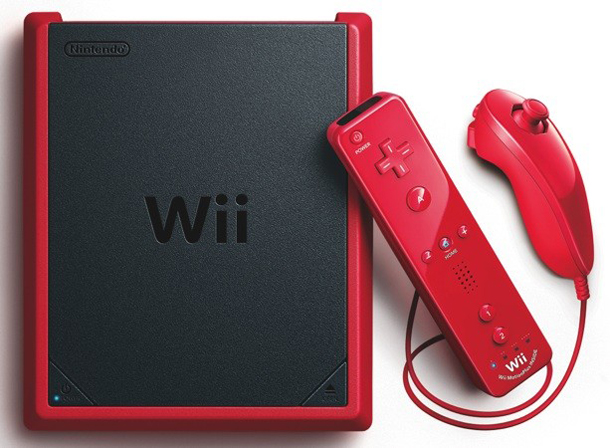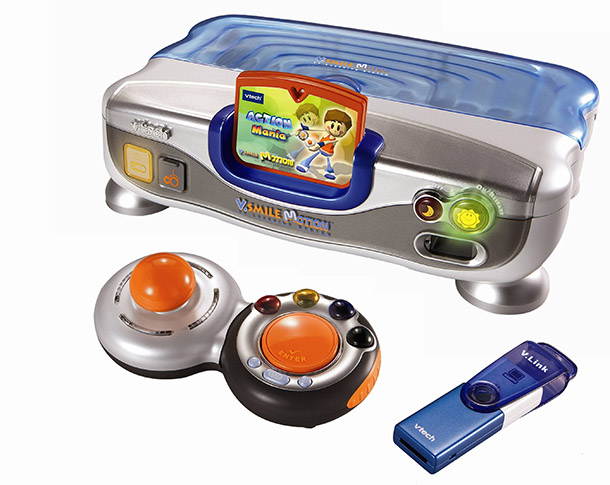
Welcome to Defending the Indefensible, a column in which we task ourselves with defending the often strange decisions that take place in the gaming industry. Think of it like a positive ‘Devil’s Advocate’.
When Nintendo’s Wii mini leaked on the web like a can of oil last weekend, and was subsequently announced by the company, many were left scratching their heads. “This is going to confuse consumers” was a common thought many were expounding upon all over Twitter, blogs and gaming-specific media outlets.
I too wondered what the company was thinking, releasing yet another device so soon after the launch of their latest console, the Wii U. With several bundles already available, and retailers dropping the Wii’s price to below $99 on Black Friday, why come out firing with a new version? Then, when Nintendo confirmed the device and announced that it would not have Internet capabilities and the USB and SD slots were removed, more head scratching ensued.
“Worst decision ever.”
“Dumb idea.”
“Nintendo is stupid.”
I again agreed. Add to the fact that it is currently only scheduled for Canada and the entire idea of timing and design were as awkward as possible.
It wasn’t until later that I began realizing just what Nintendo is doing with the device, and it’s two-fold.
First and foremost, the company is essentially forcing the stoppage of all Wii software development by itself and its third parties in hopes that they will all move to the Wii U. That includes dropping access to WiiWare, Netflix and Hulu, and online play. The Wii mini is not connected to the eShop and Nintendo Network, the company’s new online infrastructure, and any consumers picking up a wifi-capable console will be treated to essentially a “dead” network in the Wii. By removing this access, Nintendo now makes a clear distinction between what the Wii U offers over its predecessor: The Wii becomes the basement gaming device and the Wii U becomes the full-fledged games & online media console.
The second direction for the product has to do with where it is positioned in the market. By removing online and redesigning the console to be less breakable — the new top-loading design, removal of wifi receiver, and minimization of accessible slots — the mini now becomes a great device for kids under 8 years old. It essentially becomes “baby’s first game console”, primed directly to take on children’s toys like those by Leapfrog and Vtech.

Browsing through any Target or Walmart toy section will no doubt lead you to pass through the kids’ electronics section. Items like the Innotab 2 tablet or the V Smile Motion line the shelves and sell extremely well to early elementary school levels. As far as educational toys go, they’re some of the most popular. The console versions sell for around $99 and feature interchangeable cartridges, wireless gamepads and even motion controllers. Even direct Wii knockoffs exist and are readily available. The Zone series of “insta-consoles” can be found in nearly every CVS in my area, for example.
The Wii could theoretically begin to invade these two markets, bringing along with it Mario games, Disney, and family-centered experiences. The console was often regarded as just a Wii Sports machine, and now it can fully embrace that.
As a stepping stone console, the Wii mini is a great trojan horse to get people interested in the Wii U. The issue isn’t feature sets and markets, it’s timing. Why release this now? This is a device that should have been launched in July or August to allow a buildup of shoppers who could more naturally take the plunge to the U, bringing the controllers along with them. Or, launch this in January or February after the stock of current console bundles has been soaked up. While this is Canada only for now, it’s safe to assume that it will launch in the US and other markets soon to follow. And when it does, it may cause some consumer confusion before it actually begins hitting the correct market.


2 Comments